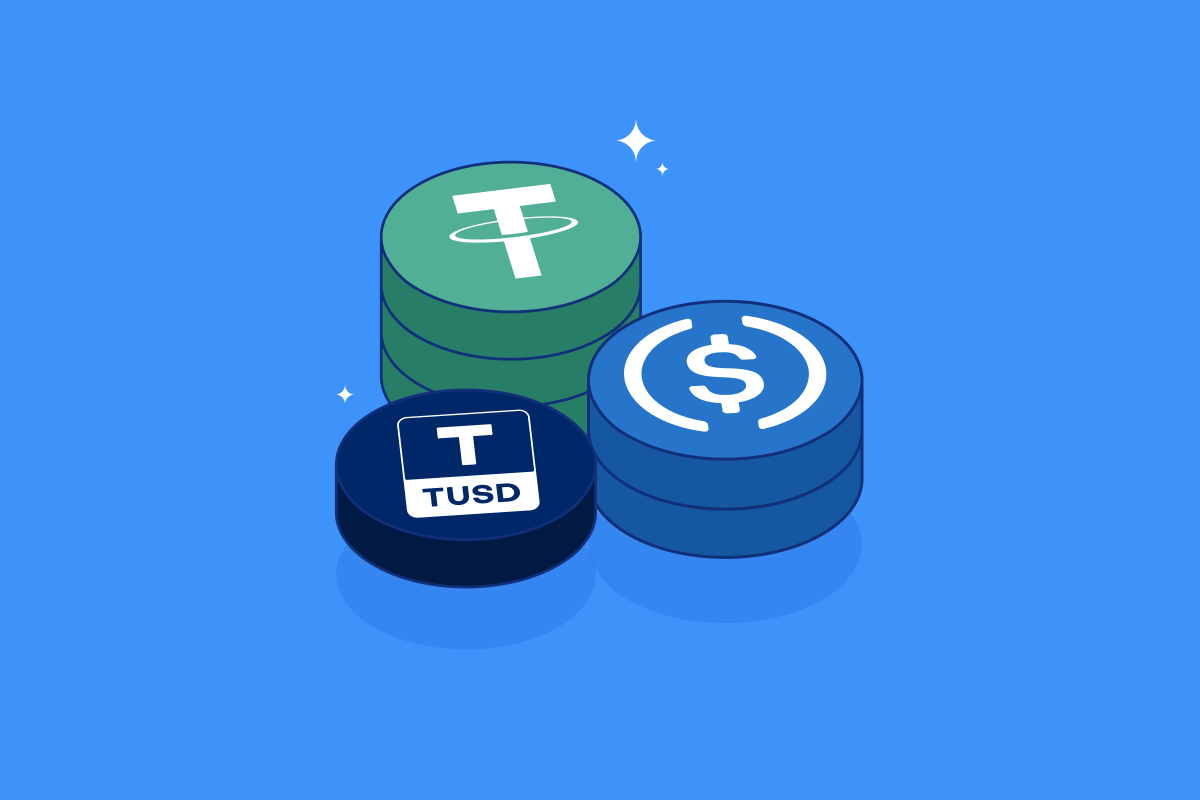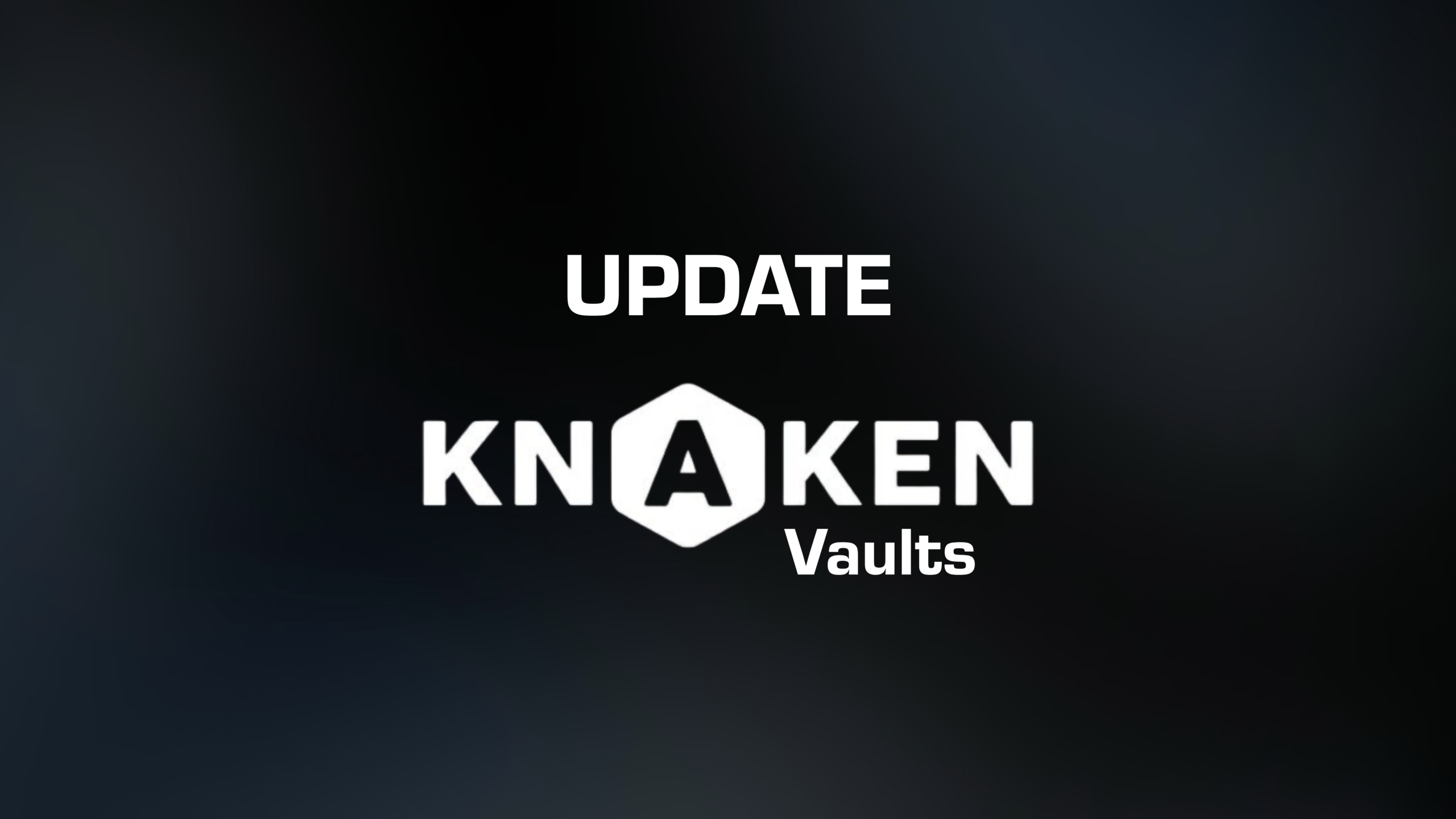Governance Mechanism in Cryptocurrency
Governance Mechanism is a critical concept in the cryptocurrency and blockchain ecosystem, referring to the methods and processes by which decisions are made regarding the development, management, and operational functioning of a blockchain network or cryptocurrency. This encompasses everything from protocol upgrades to the allocation of funds and the enforcement of community rules.
Definition of Governance Mechanism
A governance mechanism in the context of cryptocurrency can be understood as a framework that defines how stakeholders can influence the direction and usability of a blockchain. This includes:
- Decision-making processes: How decisions are proposed, discussed, and finalized.
- Stakeholder participation: Who has the right to participate in governance and how their votes or opinions are counted.
- Protocol changes: How updates and improvements to the network are implemented.
- Conflict resolution mechanisms: How disputes are handled within the governance structure.
Importance of Governance Mechanism
The governance mechanism plays a vital role in ensuring the sustainability, transparency, and integrity of cryptocurrency projects. Some of its key importance includes:
- Community involvement: Allows stakeholders to have a voice in the development and changes of the project.
- Transparency: Establishes clear processes which help in building trust among participants.
- Adaptability: Ensures that the network can evolve and respond to new challenges or opportunities in the market.
- Conflict Resolution: Provides methods for resolving disagreements, which can help prevent forks and enhance project stability.
Types of Governance Mechanisms
There are several types of governance mechanisms seen across various cryptocurrency projects. Each has its distinct characteristics and implications for decentralization and community participation:
- On-chain Governance: Decisions are made through voting mechanisms embedded within the blockchain protocol itself, requiring active participation from stakeholders. For example, Ethereum’s EIP (Ethereum Improvement Proposal) process allows for community voting on protocol changes.
- Off-chain Governance: Involves discussions and decision-making that occurs outside the blockchain network, often through forums or other communication channels. Bitcoin primarily operates through off-chain governance methods.
- Delegative Governance
- Direct Democracy: All stakeholders have an equal say in governance, utilizing voting to make decisions collectively. This model can be seen in decentralized autonomous organizations (DAOs).
Challenges in Governance Mechanisms
Despite the various governance mechanisms, there are numerous challenges that cryptocurrency projects may face:
- Centralization Risks: Some governance models can lead to centralization, where a small group of individuals or entities gain disproportionate control over decision-making.
- Voter Apathy: Low participation rates in governance votes can undermine the legitimacy and effectiveness of the mechanism.
- Information Overload: Stakeholders may struggle to stay informed about all proposals, leading to uninformed voting.
- Conflict and Forking: Disagreements among stakeholders can result in hard forks which may split the community and create competing versions of a cryptocurrency.
Real-World Examples of Governance Mechanisms
Several cryptocurrency projects have established notable governance mechanisms, including:
- Ethereum: Utilizes a combination of off-chain discussions and on-chain proposals for its governance process, allowing the community to influence protocol upgrades.
- Tezos: Features a formal on-chain governance mechanism that allows stakeholders to vote on proposed changes, thereby enabling self-amendment of the protocol.
- MakerDAO: A DAO that governs the Maker Protocol, where MKR token holders vote on risk parameters and overall governance decisions affecting the DAI stablecoin.
- Cardano: Implements a treasury system where ADA holders can participate in governance through Project Catalyst, allowing for proposals to receive funding based on community votes.
Conclusion
In conclusion, the governance mechanism is a foundational aspect of cryptocurrency projects that determines how they adapt, evolve, and respond to the needs of their communities. Understanding these mechanisms is essential for stakeholders interested in influencing the direction of their networks and ensuring their long-term sustainability. By navigating challenges and embracing new governance models, cryptocurrencies can maintain robust and engaged communities, fostering innovation and resilience in a rapidly changing digital landscape.


















